October 25
Is there a change in how customers’ concerns are addressed
 When customers have a problem with the companies they give their business to, they have that problem now.
When customers have a problem with the companies they give their business to, they have that problem now.The problem is, the traditional technical support structure that’s arisen isn’t particularly good at getting things done now. It’s very good at making you wait listening to irritating hold music designed to relax you but which, in fact, only infuriates you further. It’s very good at explaining to you that it can’t personally help you, but if you’d be willing to tell your whole sad story again to a different representative, that representative might be able to help you. Neither of these things is going to endear a customer to a business; indeed, customer service complaints are the single largest reason why customers switch over to competitors.
When every customer experience can be easily and widely broadcast, small issues become super important.
The customers use the status – “What is on your mind?” – to tell their connections about their experience – below a Vodafone customer from Germany that complains about Vodafone’s customer service:
More and more companies have figured out that Twitter provides the opportunity to listen to what customers are saying about their brands, and to respond.
Christofer Hoff flew Southwest Airlines from New Hampshire to Philadelphia and had a very trying experience. His flight was delayed two hours, and then his luggage went missing. While waiting around, he had plenty of time to tweet his displeasure. Much to his surprise, Southwest responded the next morning with the following message:
“Sorry to hear about your flight –- weather was terrible in the NE. Hope you give us a 2nd chance to prove that Southwest = Awesomeness.”
Hoff later recounted the whole experience in a blog post. Southwest even followed up to make sure his flight home was a better experience. So Southwest Airlines is using Twitter to make sure the customers’ concerns are addressed:
Comcast has created Comcast Cares Twitter account, which watches Twitter for complaints about Comcast and its services and engages those unsatisfied customers directly and immediately, often dealing with hundreds of issues each day. The program has been wildly successful and has breathed new life into the beleaguered telecommunications company, which previously had a reputation for terrible customer service.
Dell doesn’t have just one channel on Twitter; it has more than 20. Dell’s Twitter channels cater to different audiences, including international ones, and it counts as one of the first major brands with Twitter channels in Chinese, Japanese, German, and Spanish:
Telstra is also using Twitter to make sure the customers’ concerns are addressed:
Washington Metro informs customers about maintenance and delays:
Anyone moaning about their poor BT connection is being found and the firm is trying to solve the problem. The @BTCare profile is now heading to 14,000 tweets:
Because bad experiences are broadcast just as fast and just as easily as the good, it pays for companies to pay attention to the one-on-one customer relationships forged via social media.
Businesses who choose not to adapt to the new culture will be at an increasing disadvantage, as their customers slowly build personal relationships with their competitors. We are now in the age of open communication, engaged dialogue, and transparency, and business success may now have less to do with the size of ad budgets, but on the quality of interactions with customers. In the very near future there is no way around this for companies any more. Consumers will DEMAND real time problem addressing or go elsewhere.
Related posts:



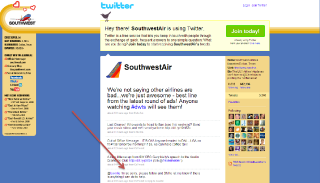
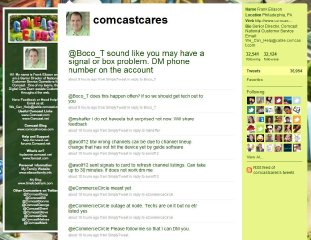
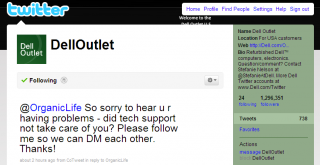
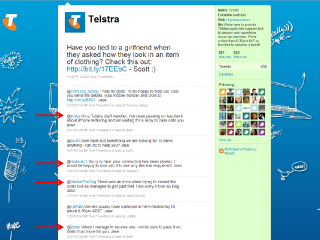

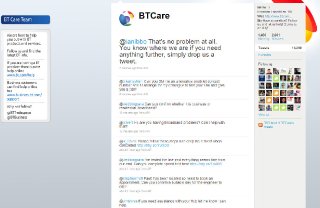
You bring up a good point. The most effective (both financially and strategic) to way customers is word of mouth advertising. If companies use the social mediums which are in place today, to reform and/or gain a “first-mover” advantage, then they gain reputation for being pioneers in that respect. Not to mention the feeling a customer gets when they know and feel as if their voices are heard, especially with a big corporation like Soutwest. Being able to pick up on the latest trend is one thing, but actually implementing strategies that can turn opportunities into strengths.
Excellent piece. I wish my customers where as forward thinking as some of the companies on here!
Great piece.
[...] recent article by Torbin Rick shows an ever increasing number of companies claim to use Twitter for customer [...]
[...] Is there a change in how customers’ concerns are addressed? [...]